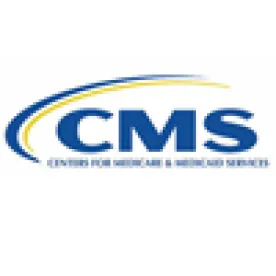Earlier this week, CMS released both the Contract Year 2019 Final Rules for Medicare Advantage and Part D (Final Rules) and the 2019 Call Letter. CMS also released fact sheets for the Final Rule and the Call Letter. The Final Rules and Call Letter are typically CMS’s most comprehensive regulatory announcements relating to Medicare Advantage and Part D each year and have historically not been released together. Because of the simultaneous release of these announcements, Medicare Advantage organizations (MAOs) and Part D plan sponsors have a lot to digest.
During the winter, we discussed the proposed rules, and focused on proposals relating to drug pricing, any willing pharmacy rules, the opioid epidemic, and CMS’s request for information concerning manufacturer rebates and pharmacy price concessions. We also discussed the Advance Notice and Call Letter here and examined CMS’s proposed policies relating to opioids that were addressed in the Advance Notice and Call Letter.
In both the 2019 Final Rules and the Call Letter, CMS announced changes to Star Ratings and devoted a significant amount of time to processes that can be used by plan sponsors to better address the opioid epidemic. The Final Rules also set forth changes that CMS believes will help lower costs to beneficiaries, such as changes to maximum out of pock cost limits, Part D tiering exceptions, generic substitution, and setting cost sharing for biosimiliars at the same rate as generics for low income subsidy Part D members. CMS also clarified its interpretation of the any willing pharmacy standard and adopted changes to the definition of “retail pharmacy.” CMS also announced that it has adopted changes to the definition of “marketing,” filing requirements relating to medical loss ratio, and that it will allow certain beneficiary notices to be provided electronically so long as they continue to be available in hard copy if a beneficiary prefers to receive hard copies. Through the Call Letter, CMS updated its interpretation of the statutory requirement that supplemental benefits be primarily health-related in a way that expands the number of allowable supplemental benefit options that an MAO could offer its members.
Lastly, in the Final Rules, CMS thanked all parties that submitted comments relating to its request for information concerning manufacturer rebates and pharmacy price concessions. Other than sharing that CMS will consider the proposals it received for future rulemaking, CMS gave not clear indication of whether or what changes it may propose in the future that would change how manufacturer rebates and pharmacy price concessions apply or are reported.




 />i
/>i

